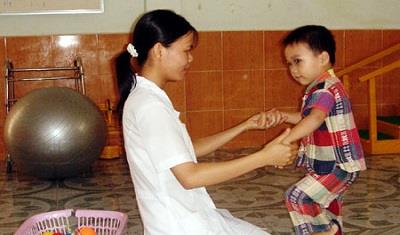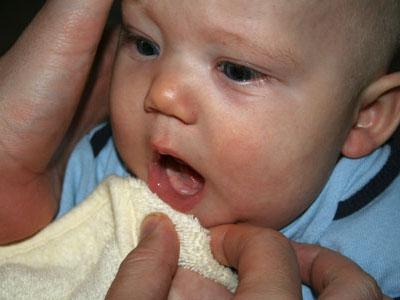Hemiplegia syndrome is a form of cerebral palsy in children and is characterized by a baby's use of only one side of the body. Not only affects the mobility, hemiplegia syndrome also interferes with the child's ability to speak.
Signs of hemiplegia in young children
Parents can recognize whether a baby is left-handed from when he is 1-2 years old. This is normal because we always have one leg that is dominant, dominant hand, and not necessarily on the same left or right side. However, if you find your baby has difficulty using the other arm or leg, you should consult your doctor immediately. A simple home test: Hold a toy or roll the ball toward your baby and see if your baby holds or kicks the ball with a non-dominant hand or leg.
Causes of the hemiplegic paralysis Syndrome
Most of the above are caused by hemiplegia syndrome, a form of cerebral palsy. Although parents may notice this during their baby's first year of life, mild cerebral palsy symptoms won't appear until the baby is two years old. In babies with cerebral spastic cerebral palsy, the tendency for the right arm and leg to appear early is due to the difficulty of motor paralysis on the side, the baby must move to the healthy side.

If the baby can only use one side of the body, parents need to think about the possibility that the child has hemiplegia syndrome
Solutions to treat hemiplegic syndrome
If your baby shows signs of hemiplegia syndrome, doctors will apply a variety of treatments such as physiotherapy, focusing on rough motor skills such as hands legs move at the same time, rehabilitate, and focus on fine motor skills like using a spoon or stacking blocks.












